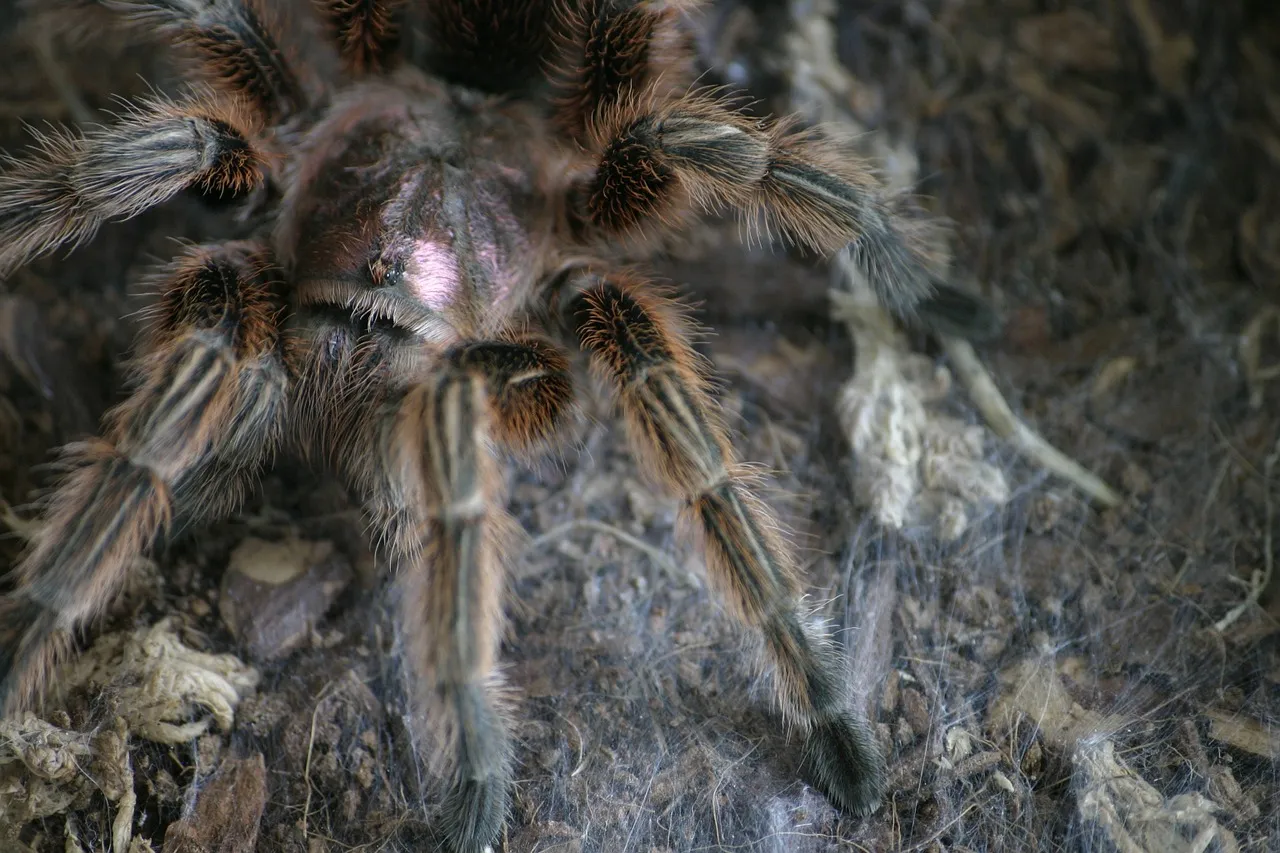Chilean Rose Tarantula: An Introduction
The Chilean Rose Hair Tarantula (Grammostola rosea), often simply called the Chilean Rose, is a popular pet tarantula known for its docile temperament and relatively easy care. Originating from the arid regions of Chile, Bolivia, and Argentina, this species has become a favorite among both novice and experienced arachnid enthusiasts. This comprehensive guide will delve into seven key facts about the Chilean Rose Hair Tarantula, providing essential information for potential owners and curious individuals alike. From their physical characteristics and habitat to their care requirements and unique behaviors, we’ll explore everything you need to know about these fascinating creatures.
Appearance and Characteristics
Understanding the physical attributes of the Chilean Rose Hair Tarantula is crucial for identification and appreciation. Their appearance is a blend of beauty and robustness, reflecting their natural adaptation to their environment. The following sections will detail their size, coloration, and unique physical features.
Size and Physical Features
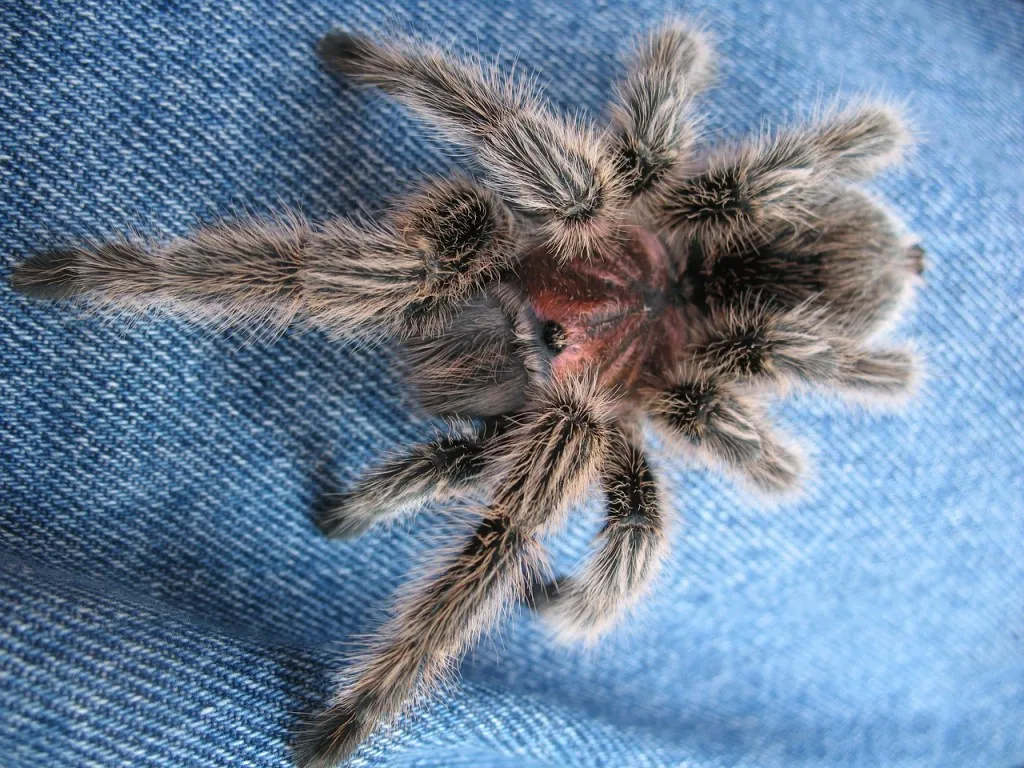
Chilean Rose Hair Tarantulas are relatively large spiders, with females typically growing larger than males. The body length of a mature female can reach up to 2.5 inches, while their leg span can extend to 5-6 inches. Males are usually smaller, with a body length of around 2 inches and a slightly smaller leg span. Their bodies are divided into two main parts the cephalothorax (prosoma), which includes the head and thorax, and the abdomen (opisthosoma). The cephalothorax is where the spider’s eyes, mouthparts (chelicerae), and legs are attached. The abdomen houses the spider’s internal organs.
Coloration and Markings
The Chilean Rose Hair Tarantula is named for the beautiful rose-colored hairs that cover its body, particularly on the abdomen. This coloration, however, can vary. The base color of the tarantula is typically a mix of browns, ranging from light tan to darker shades of brown. The rose-colored hairs are often more prominent on the abdomen and can give the tarantula a striking appearance, especially when viewed under bright light. The legs and cephalothorax are generally the same brown color, though the intensity can vary. The chelicerae, or mouthparts, are usually dark brown or black.
Habitat and Native Environment
Knowing the Chilean Rose Hair Tarantula’s natural habitat is essential to understanding its needs in captivity. These tarantulas are well-adapted to specific environmental conditions, and replicating these conditions in a terrarium is crucial for their health and well-being. Their natural environment dictates their preferred temperature, humidity, and substrate. This fact gives you a good overview of their natural home.
Geographic Distribution
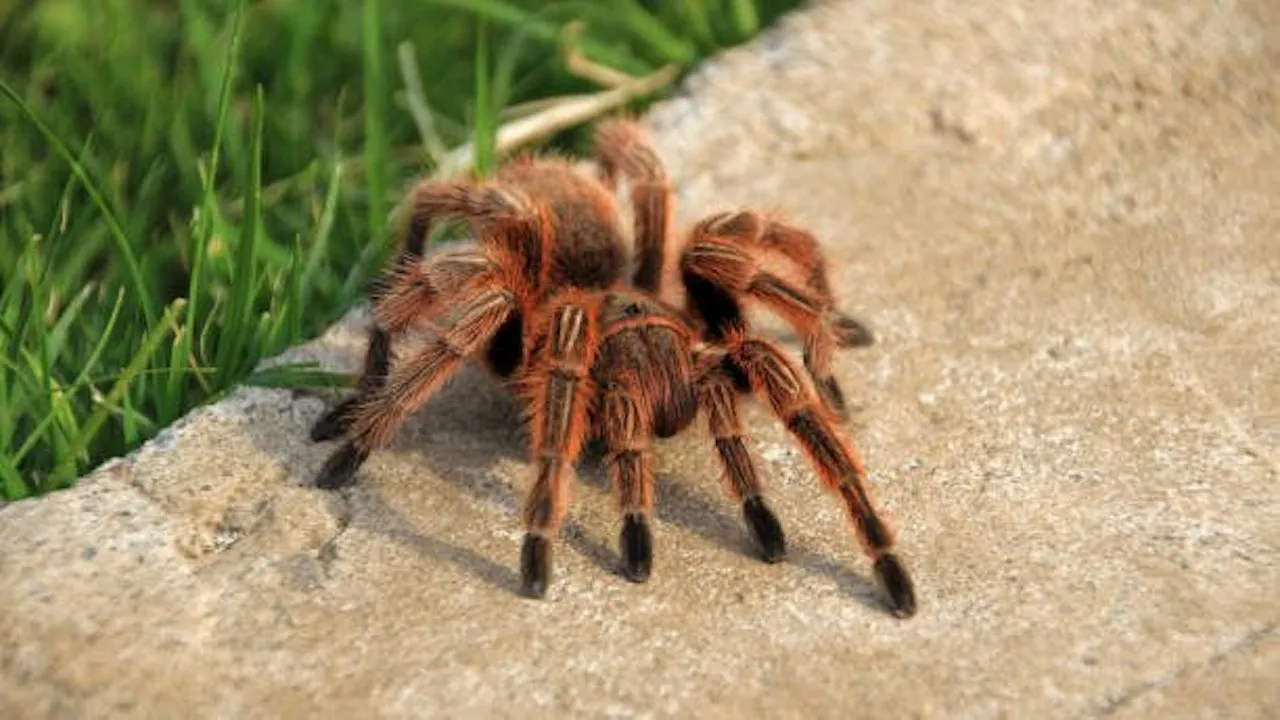
Chilean Rose Hair Tarantulas are native to the arid regions of Chile, Bolivia, and Argentina. They are commonly found in grasslands, scrublands, and deserts, where they burrow underground to create their homes. Their distribution is primarily in South America, which means the climate is mostly warm and dry.
Preferred Living Conditions
In their natural habitat, Chilean Rose Hair Tarantulas prefer a warm and dry climate. They burrow in the soil to create their homes, seeking shelter from the extreme temperatures of the day. In captivity, it’s important to replicate these conditions. A terrarium should have a temperature between 75-85°F (24-29°C) during the day and slightly cooler at night. Low humidity levels, around 50-60%, are ideal, which can be achieved with a shallow water dish and occasional misting. The substrate should be a mix of coco fiber, peat moss, and a bit of sand, providing both a suitable burrowing medium and humidity retention.
Behavioral Traits and Temperament
The Chilean Rose Hair Tarantula is known for its docile temperament, which makes it a popular choice for beginner tarantula keepers. Their behavior is generally calm, and they are less likely to bite or display aggressive behavior compared to other tarantula species. Understanding their behavior helps in handling, as well as in their care. Handling your tarantula should be done with care, and only when necessary, as it can cause stress to the spider.
General Disposition and Handling
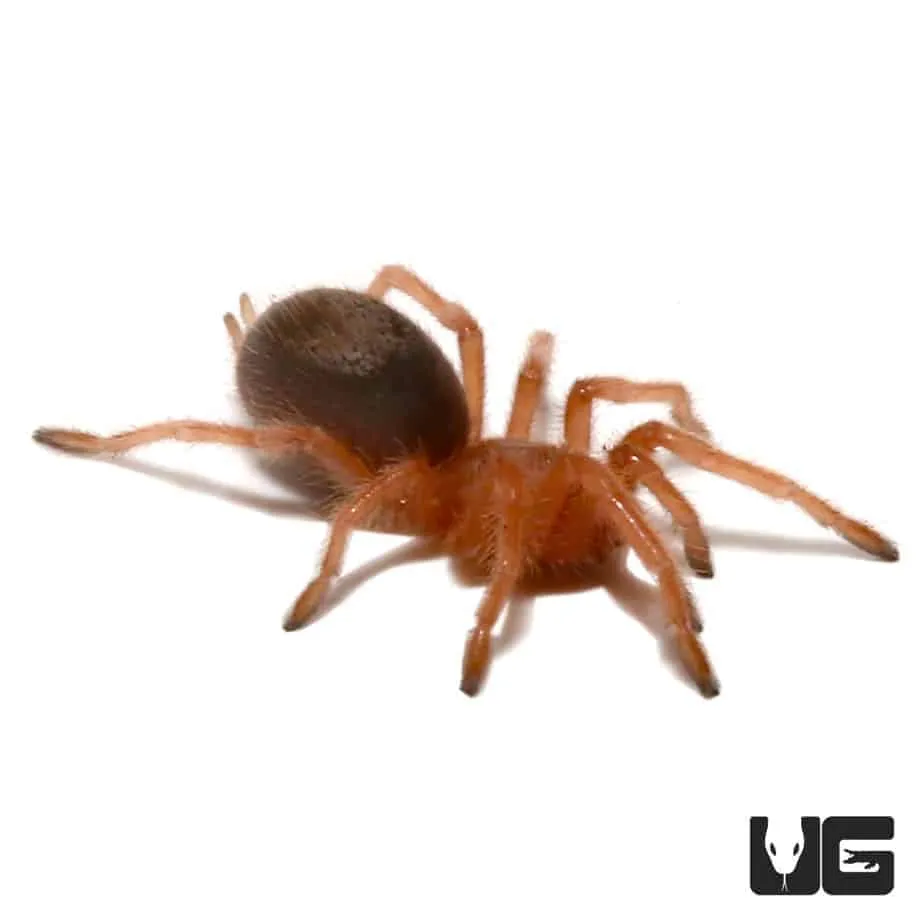
The Chilean Rose Hair Tarantula is generally docile and not prone to biting unless provoked. They are more likely to flick urticating hairs as a defense mechanism than to bite. However, it’s always best to handle these tarantulas with caution and respect. Handling should be kept to a minimum, as it can be stressful for the spider. When handling, it’s advisable to do so close to the ground or a soft surface in case the spider falls. Avoid sudden movements and be gentle in your approach.
Defensive Mechanisms
The primary defense mechanism of the Chilean Rose Hair Tarantula is the urticating hairs located on its abdomen. These hairs are barbed and can cause irritation upon contact with skin or eyes. The tarantula flicks these hairs towards perceived threats as a deterrent. They also may raise their front legs in a defensive posture or retreat into their burrow. Bites are rare, but if they do occur, they are usually not medically significant, though they can be painful.
Diet and Feeding Habits
A proper diet is essential for the health and well-being of your Chilean Rose Hair Tarantula. In the wild, these tarantulas are opportunistic feeders, and the same principle applies in captivity. The food they consume needs to provide the necessary nutrients for growth and maintaining a healthy lifestyle. Here are key points about their diet and the feeding habits that will keep your tarantula healthy and thriving.
Nutritional Needs
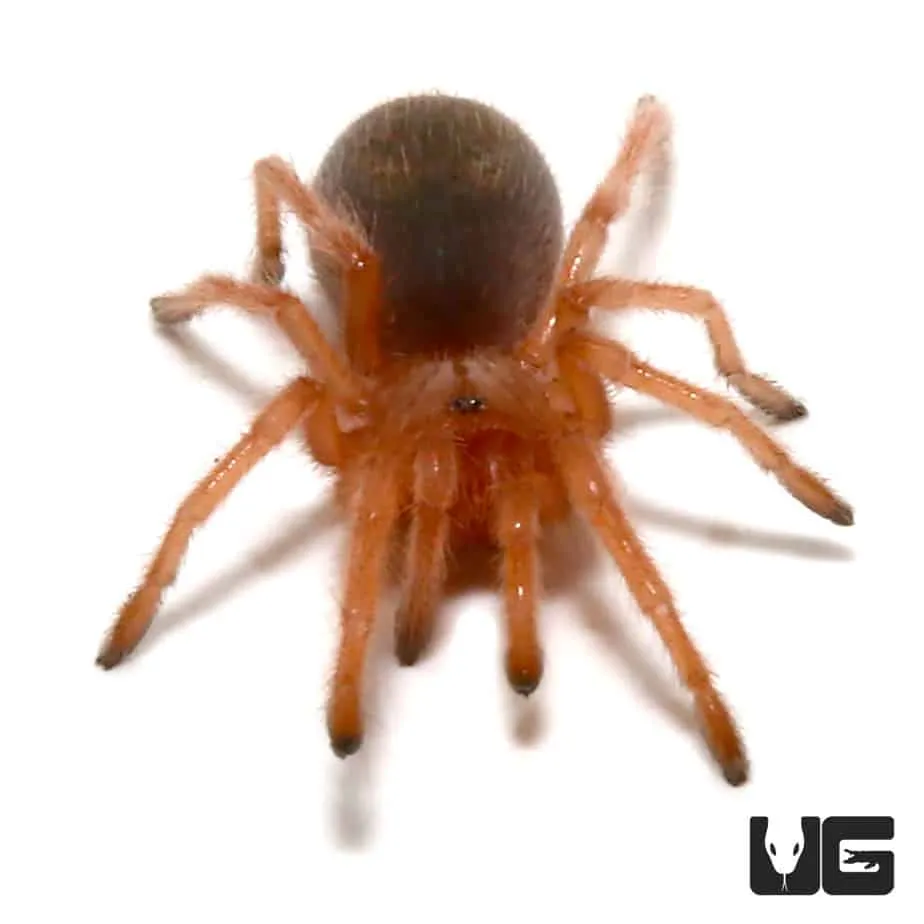
Chilean Rose Hair Tarantulas require a diet rich in protein to support their growth and maintain their overall health. Their diet should primarily consist of live insects. The type of insect is not as critical, but it’s recommended to feed a variety to provide a range of nutrients. The main nutrients needed are protein, and chitin that makes up the exoskeleton of the insects. It’s essential that the insects are gut-loaded before feeding them to your tarantula. This process involves feeding the insects a nutritious diet themselves, which increases the nutritional value of the food for the tarantula.
Feeding Frequency and Prey Selection
Juvenile Chilean Rose Hair Tarantulas should be fed more frequently than adults, typically twice a week. Adult tarantulas can be fed once or twice a week, depending on their appetite and size. The size of the prey should be appropriate for the tarantula; it should be no larger than the tarantula’s body size. Suitable prey includes crickets, mealworms, and roaches. Remove any uneaten prey within 24 hours to prevent stress to the tarantula and potential mold growth in the enclosure. Provide fresh, clean water in a shallow dish at all times.
Life Cycle and Breeding
Understanding the life cycle and breeding of the Chilean Rose Hair Tarantula provides insights into their growth patterns and reproductive behavior. It is important to understand the molting process. This process is a vital part of their life cycle. It is also important to know the process of reproduction, and how to manage their health to increase the likelihood of mating and breeding.
Molting Process
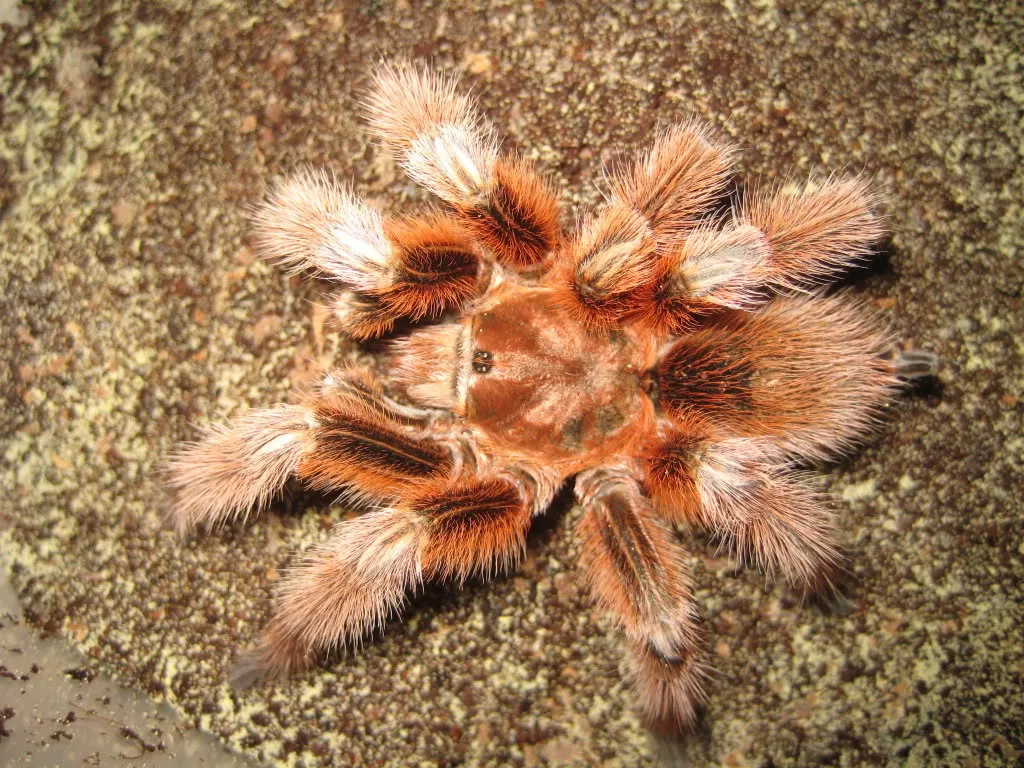
Molting is the process by which a tarantula sheds its exoskeleton to grow. This process happens throughout their lives, but it becomes less frequent as they mature. Prior to molting, the tarantula may become less active, stop eating, and appear dull in color. During the molting process, the tarantula will often lie on its back. It’s crucial not to disturb the tarantula during molting. After molting, the tarantula’s new exoskeleton is soft and vulnerable, so avoid feeding it for a week or two to allow it to harden. The discarded exoskeleton provides a good opportunity to determine the sex of the tarantula.
Lifespan
The lifespan of a Chilean Rose Hair Tarantula varies depending on its sex and care. Females typically live much longer than males. Females can live for 15-20 years or more, while males usually live for 5-10 years. Proper care, including a suitable habitat, diet, and environmental conditions, significantly impacts the lifespan of the tarantula. A healthy environment helps the tarantula avoid disease and stress, increasing their lifespan.
Common Health Issues and Care
Maintaining the health of your Chilean Rose Hair Tarantula involves proactive care and attention to potential health issues. Many health problems can be prevented or mitigated with proper housing, diet, and handling. Keeping the enclosure clean and providing a stress-free environment are critical for the tarantula’s well-being. Being aware of common health issues and their symptoms is essential for timely intervention.
Preventative Measures
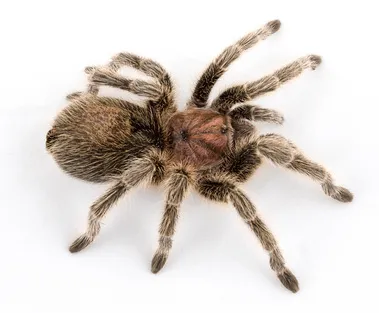
Preventative care is the most effective way to ensure your Chilean Rose Hair Tarantula remains healthy. The key preventative measures are: maintaining a clean and appropriate habitat, providing a balanced diet, avoiding unnecessary handling, and monitoring humidity and temperature levels. Regularly clean the enclosure to remove uneaten prey and waste. Provide fresh, clean water at all times. Be mindful of the tarantula’s molting cycle, and avoid handling it during this vulnerable period. Observing your tarantula daily for any signs of illness is a simple way to provide preventative care.
Signs of Illness
Recognizing the signs of illness in your Chilean Rose Hair Tarantula is important for early intervention. Some common signs include: loss of appetite, lethargy, unusual posture or behavior, discoloration of the abdomen or legs, and difficulty molting. If you notice any of these signs, isolate the tarantula and consult an experienced tarantula keeper or a veterinarian familiar with arachnids. Provide appropriate environmental conditions and ensure the tarantula has access to clean water.
Interesting Facts and Trivia
The Chilean Rose Hair Tarantula is full of interesting facts. The rose hairs that give this tarantula its name, are unique. They also have a complex life cycle. Here are some interesting facts and trivia about the Chilean Rose Hair Tarantula.
Conservation Status
The Chilean Rose Hair Tarantula is not currently listed as endangered or threatened. However, it is essential to support responsible pet ownership and conservation efforts to ensure the sustainability of this species in the wild. Buying captive-bred tarantulas reduces the pressure on wild populations. By purchasing from reputable breeders and providing proper care, you can contribute to the conservation of this fascinating species.
Chilean Rose Tarantula: Conclusion
The Chilean Rose Hair Tarantula is a captivating and relatively easy-to-care-for pet, perfect for both beginners and experienced tarantula enthusiasts. From its striking appearance and docile temperament to its specific habitat requirements and interesting behaviors, understanding these seven key facts provides a solid foundation for responsible ownership and enjoyment. By providing a suitable environment, a balanced diet, and proper care, you can ensure your Chilean Rose Hair Tarantula thrives for many years. Remember to always handle these magnificent creatures with respect and caution, and enjoy the unique experience of owning one of nature’s most fascinating spiders.
